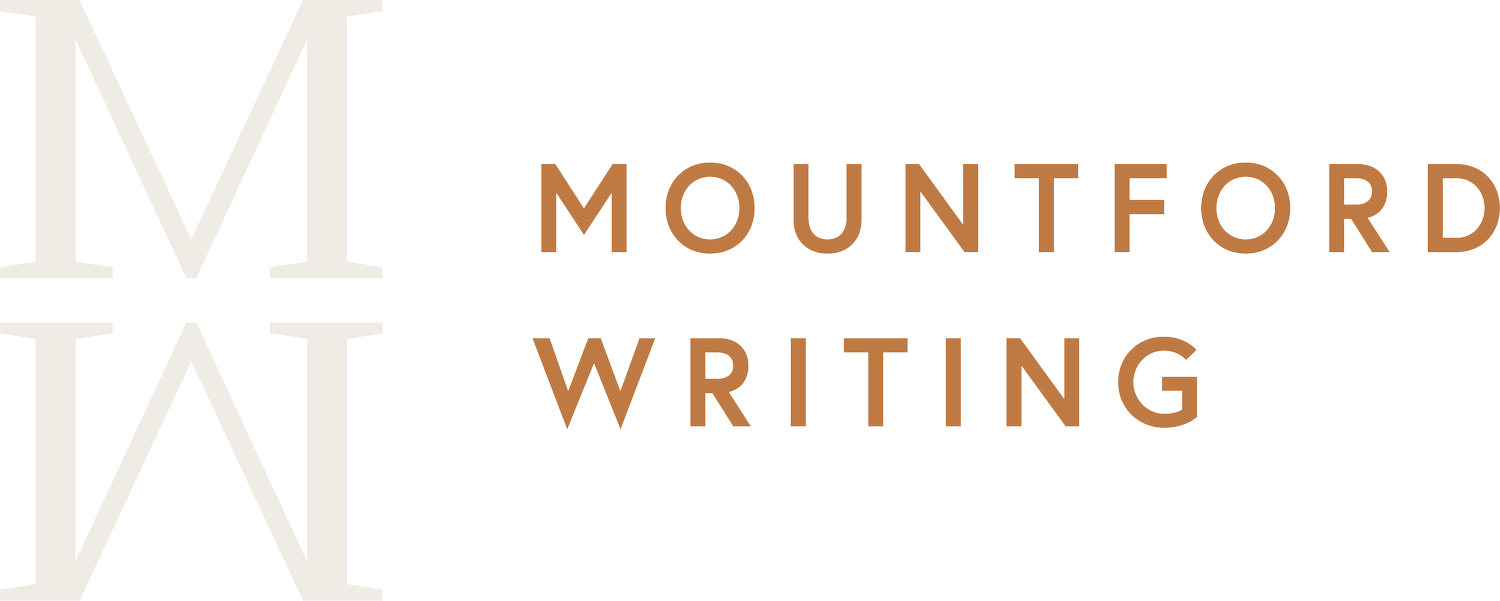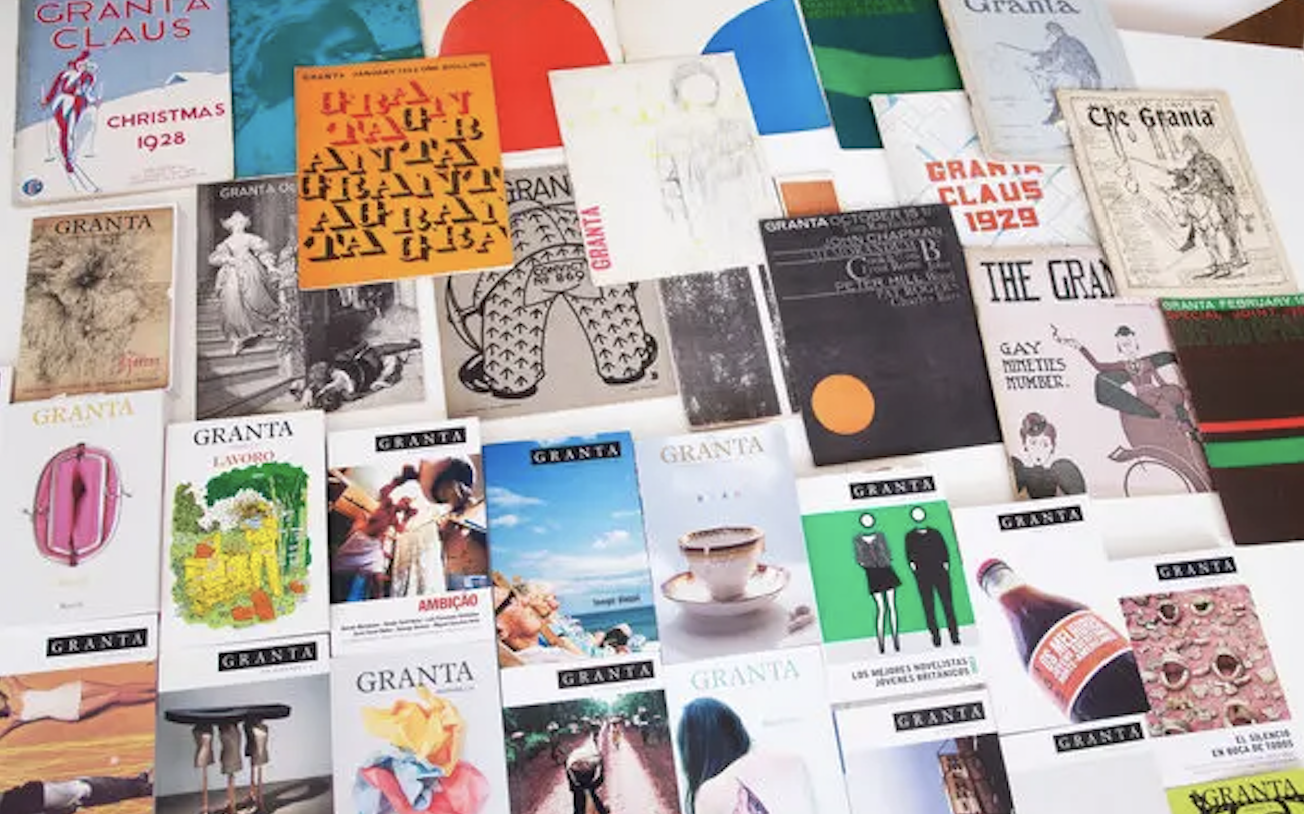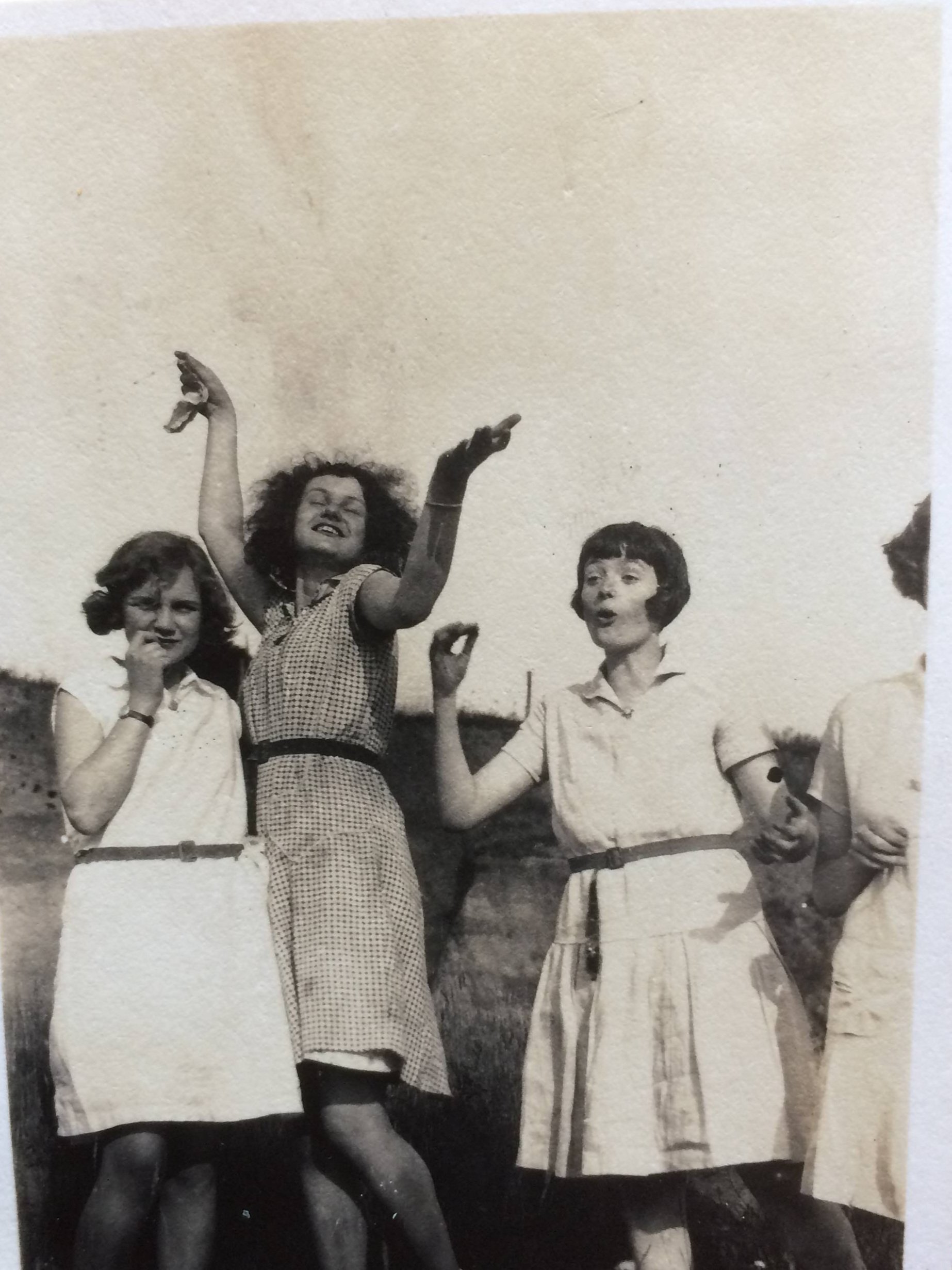Literary Personal Essay, Op-Ed, and General Personal Essay: What’s the Difference?
The difference between an op-ed, literary personal essay, and personal essay for a general-audience magazine or newspaper are vast—and narrow. All share a desire to communicate a point or perspective that may be a novel destination for the reader, using personal experience as a map of sorts. All the better if you’ve shared that experience before, too.
|
|
Op-Ed |
Literary Personal |
General Audience Essay |
|
Length |
650 words but may go 1200-1500 words |
Can be as short as 500 words or less to 10,000 or 15,000 words |
1200-2000 words |
|
Approach |
Essay makes a policy recommendation |
Topics wide-ranging but tend to be lyrical, open-ended and cliche-avoidant. No tidy endings, plentiful ambiguity. |
Seeks to entertain, inform, or share a common experience from a new angle. |
|
Audience |
People interested in socio-political topics, policies and positions |
Fellow literary writers and readers |
Broad audience base who enjoy the publication in question |
|
Pay |
Lower paying |
Lower paying |
Higher paying |
|
Publications |
News-centric publications |
Literary journals and online publications |
Newstand and online publications: |
|
Examples |
NYT, Washington Post, Christian Science Monitor |
Riverteeth, Granta, The Sun |
Salon, Huffington Post. Or you can target magazines that focus on topics like teaching, buddhism, or travel. |
What is a personal essay for a general audience Publication?
This essay explores a personal experience or observation in a way that is engaging, relatable, and meaningful to a broad readership. It leans heavily on a conversational style accessible to a general audience, versus lyrical literary language, or technical jargon.
The essay should offer broader relevance or message that resonates with readers, and in general, entertains the reader. The essay could explore a particular theme or issue, or it may simply offer insights into the human experience through the lens of the writer's own life.
4 Elements of a General-Audience Personal Essay
A hook—an engaging opening that draws in readers, establishing the essay’s tone and theme. This can also be called a lead, or lede, or grabber.
Use of vivid and descriptive language illuminating the experience, and helping readers connect with the writer.
A clear and compelling message or theme relevant to a broad readership, with reflection and analysis providing insight and meaning regarding the personal experience.
A conclusion that brings the essay to a satisfying close and leaves readers with a lasting impression. This can tie back to the intro section, also called a “kicker.”
Overall, a personal essay for a general audience magazine should be well-written, relatable, and offer a fresh perspective on a particular theme or issue through the writer's personal experience or observation.
Types of General-Audience Personal Essay
Types of general-audience personal essays include
Reported essays: Mixing facts and reporting with personal experiences.
Viral essay: You broadcast your hot take on a topic, which is published in a general-audience publication. Even your neighbor reads it.
Narrative essays: You tell a thematic story of a personal experience with the usual beginning, middle, and end.
Travel or food essays: These essays highlight a culinary or voyage-based experience with a point.
What is a personal essay for a literary magazine?
This type of personal essay combines personal experience with literary techniques and devices. An insightful and engaging work of art results. Literary personal essays often feature introspective and reflective narrators, sometimes they also include formal experimentation, and they tend to explore complex emotions and ideas with a heightened sense of literary craft.
4 Elements of a literary Personal Essay
Literary devices such as metaphor, imagery, and symbolism to convey meaning and emotion, and storytelling elements, such as plot, character development, and narrative structure.
Reflection and analysis to provide insight into the personal experience, often through a lens of larger themes or ideas—while still connecting with readers on a broader level.
Attention to language and style, including careful attention to word choice, sentence structure, and tone, creating a work of art both beautiful and meaningful.
A clear and compelling message or theme, possibly even sharing an issue-based theme.
Often, these pieces experiment and push boundaries, allowing writers to explore complex emotions and ideas in unique and innovative ways. By incorporating elements of poetry, fiction, or other forms of creative writing, the literary personal essay bends genres.
Types of literary Personal Essay
Types of literary personal essay that are typically published in literary journals include:
Lyric essay
Collage essay
Braided essay
Portrait essay
Hermit crab essay
More…there are divisions and subdivisions out there. People often have strong opinions about these matters.
You can read more about these essay types and see examples at 9 Types of Essays.
Op-Ed Essays
What is an Op-Ed or opinion essay?
Op-eds express the writer's personal opinion or argument on a particular issue, with the purpose of stimulating public debate and discussion. Typically, op-eds are written by experts in a particular field, journalists, or other public figures who have a strong viewpoint on a particular issue. Although the reality is that very often public figures or institutions hire companies to write op-eds on their behalf (I used to do this, ghost-writing op-eds for politicians and leaders of NGOs). Opinion sections of newspapers increasingly welcome works from everyday people who have lived experience with a topic, and even pieces that resemble personal essays.
4 Elements of an Op-Ed Essay
Clear and concise thesis statement summarizing the writer's argument after a “hook” or compelling introduction.
Well-supported argument or arguments based on credible evidence, personal experience and logical reasoning.
Attention to the needs and interests of the target audience.
A conclusion that leaves a lasting impression and encourages readers to take action or think differently about the issue at hand.
Types of Op-Eds
Op-Eds often take the approach of presenting information and experiences through various lenses. Here are some common types of op-ed essays.
News-based: Unique perspective or analysis on current events or news stories
Policy-based: Offering a viewpoint on how policies should be developed or changed.
Personal narrative: Personal stories or experiences to illustrate a broader point or argument. Some of these can end up looking a lot like a traditional essay, or even just a personal essay. For more on this, read my interview with NYT essay editor Peter Catapano.
Criticism: Critical analysis of a particular person, institution, policy, or even popular cultural work, such as a film, social media app, or book.
Humorous: Humor or satire make the point about a particular issue or event.
Explainer: Background or context on a complex issue to help readers fully understand an issue.





